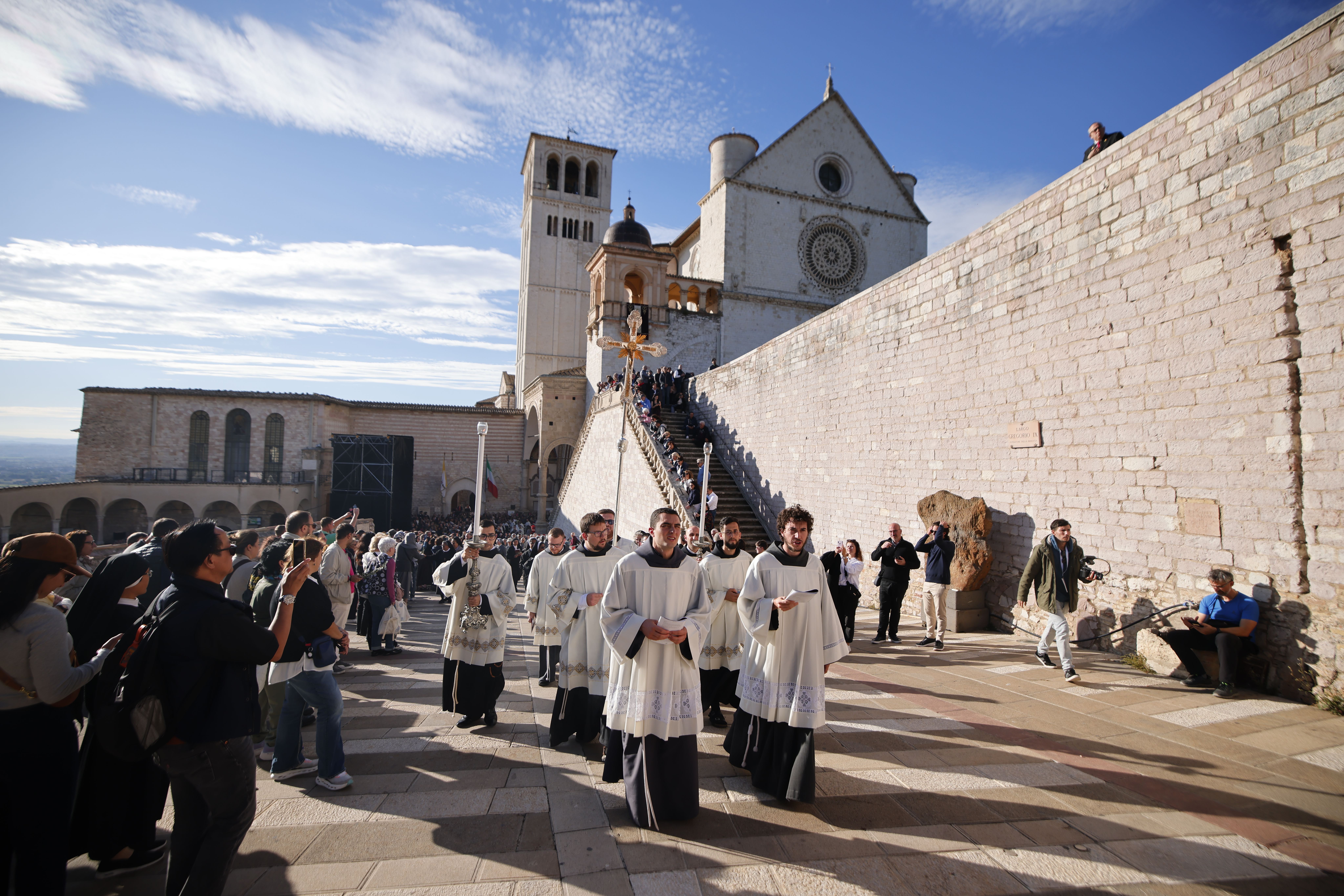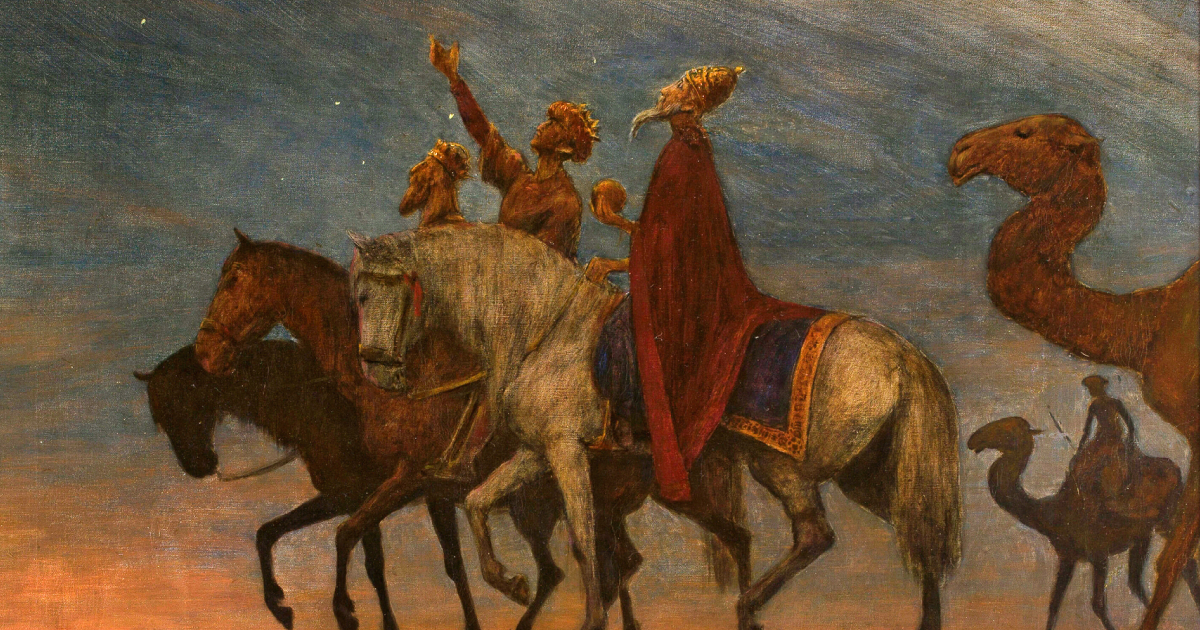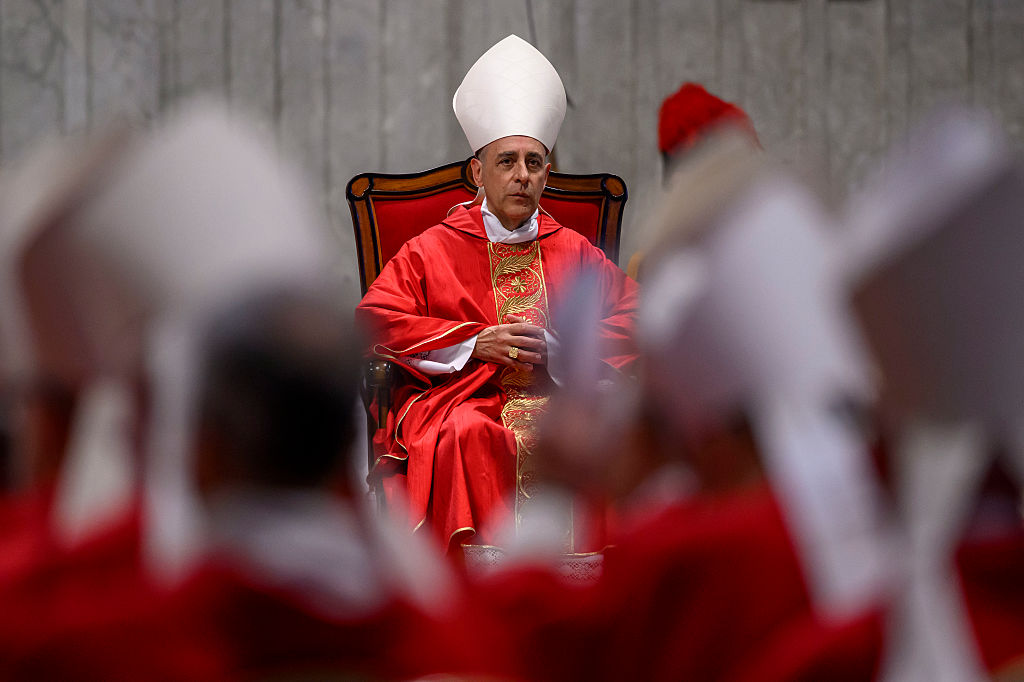For the first time the mortal remains of Saint Francis of Assisi are to be made visible to all as part of the commemoration of the 800th anniversary (1226-2026) of the saint's death.
The historic event is expected to welcome pilgrims from around the world. The official announcement was made on 4 October 2025, the Feast Day of the Patron Saint of Italy.
Following approval being granted by Pope Leo XIV through the Vatican Secretariat of State, the public display of the saint's mortal remains will take place from 22 February to 22 March 2026, in the Basilica of Saint Francis in Assisi.
Those organising the event describe it as “a remarkable gift, a profound invitation to prayer, and an opportunity to witness the Gospel of Christ fully lived in the life of a person like us”.
They add: “This display, rooted in the Gospel theme of the seed that dies to bear fruit in love and fraternity, invites us to reflect on the life of the saint, who continues to bear fruit 800 years later and inspires humanity on the path of peace, fraternity, service to the marginalised, joy, and care for creation.”
The story of Saint Francis's tomb is itself a tale of faith and devotion, they note. After his death, his body was made inaccessible beneath the main altar of the lower church of the basilica to prevent possible theft.
It remained hidden for centuries until it was finally rediscovered during the night of 12-13 December 1818, "after a long and challenging search".
The first official examination took place in 1819, confirming the identity of the remains was that of Saint Francis of Assisi.
Since then, other examinations "have allowed for the study and preservation of this precious body". A 1978 examination, in preparation for the 750th anniversary of his death, and the most recent one in 2015, provided new scientific insights and "renewed the certainty" that this body, marked by illness and the stigmata, is that of the man known as Il Poverello – “the little poor man” in Italian.
“Today, seeing these remains is a tangible encounter with the Gospel fully lived,” say the organisers of the display.
They notes that a "massive influx of pilgrims" is expected in Assisi for the event, with thousands of people expected to come from around the world.
To “ensure a meaningful and reflective experience for everyone”, say the organisers, a free and mandatory online reservation system has been set up on the centenary website, for those who wish to come and encounter the mortal remains of this key figure of Catholicism.
A lone figure, at the time, who so ardently pushed back against materialism and the perils of the free market and capitalism when untethered from morality and ethics, which has so much resonance today in the modern world.
RELATED: What would Saint Francis make of Assisi today?
Photo: procession in front of the Basilica of Saint Francis in Assisi, 4 October 2025 (credit: Sala Stampa Sacro Convento)










.jpg)

.jpg)



